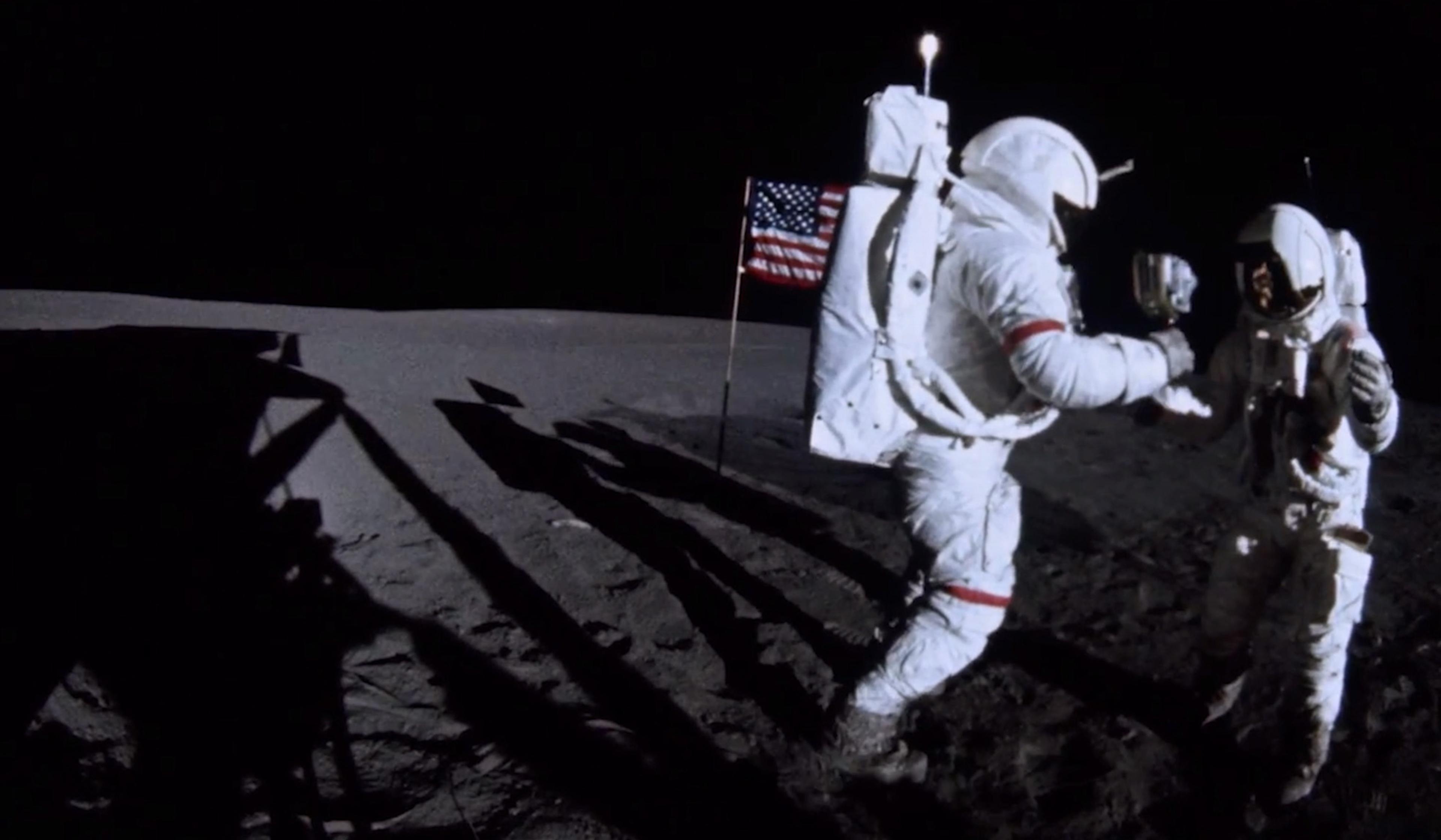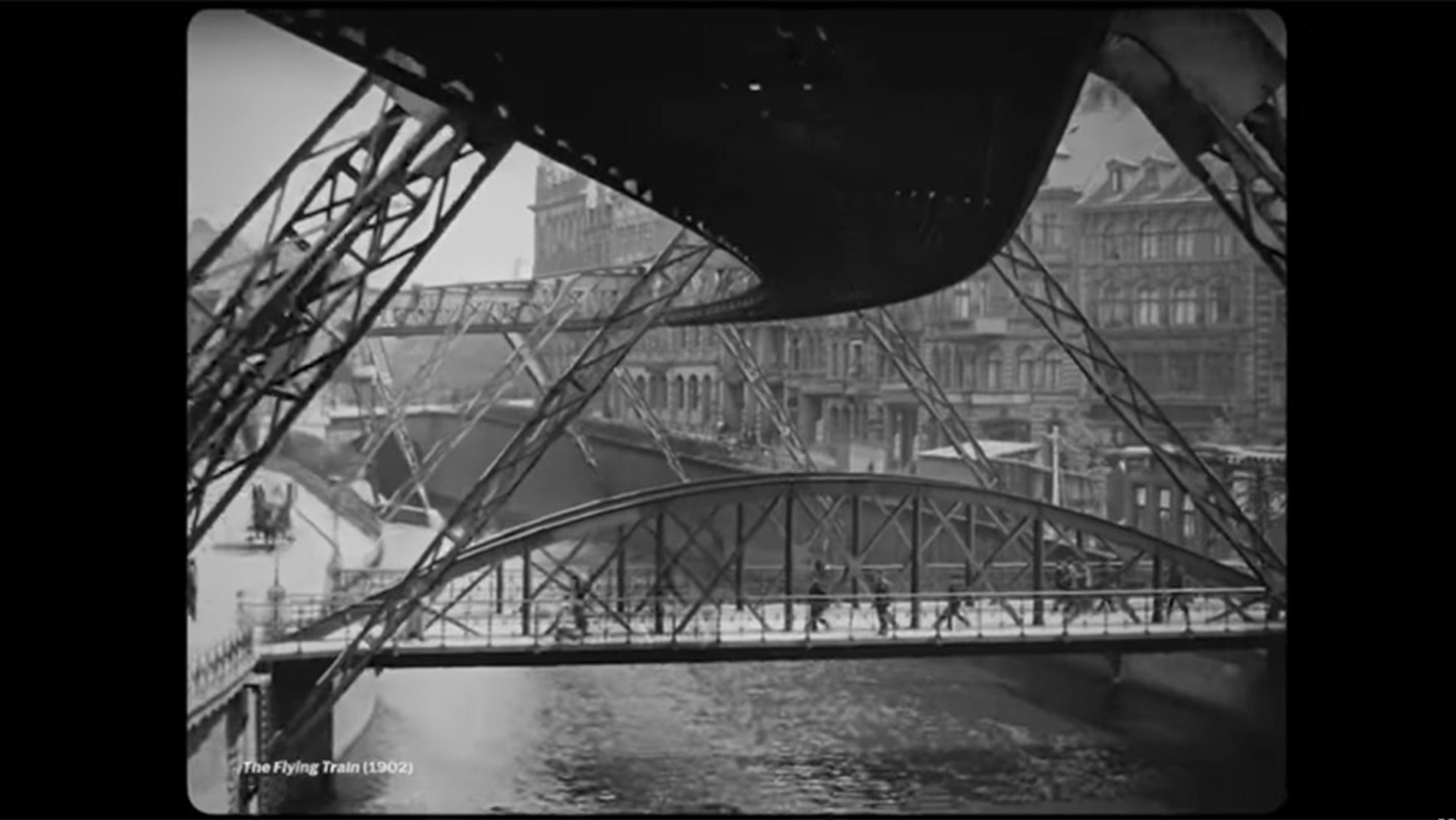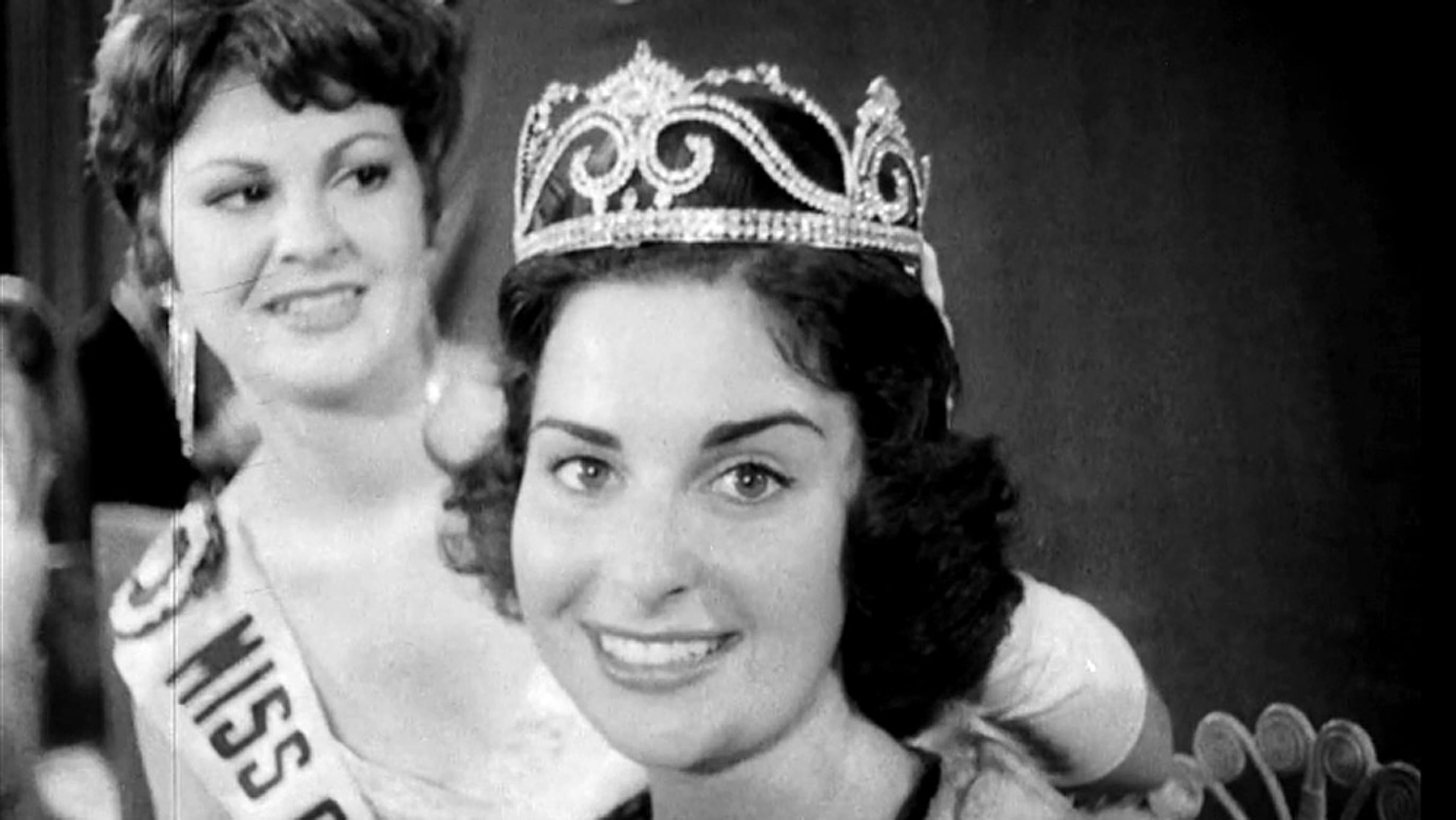Most people can quickly summon up images of fans screaming for the Beatles in the 1960s or the Hindenburg disaster of 1937, even as relatively few were witness to those events. These and other iconic seconds of footage shape our shared understanding of 20th-century history. However, as the British filmmaker Richard Misek explores in this short video essay, many such images don’t belong to the public. Indeed, accessing and presenting historical footage can be prohibitively expensive, and owning the rights to it is exceedingly lucrative. This results in some of the most vivid images of notable events languishing unseen. Using stunning archival imagery, cleverly designed on-screen text and a frenetic soundtrack, Captured Images tells the story of audiovisual ownership and the monetisation of history itself, making a compelling argument that this vital material belongs to the public. Misek punctuates the point at his film’s end as he credits, in large bold text, the image libraries from which he bought the footage used.
Remarkable historical footage is locked behind paywalls. It’s time to set it free
Director: Richard Misek
Music: Stereoart

videoHistory of technology
Who owns history? How remarkable historical footage is hidden and monetised
18 minutes

videoFilm and visual culture
Our ideas about what early movies looked like are all wrong
11 minutes

videoWar and peace
What was it like to go to the movies in January 1940?
5 minutes

videoCognition and intelligence
For millennia, we’d never seen anything like film cuts. How do we process them so easily?
7 minutes

videoTechnology and the self
A haunting scene from ‘Minority Report’ inspires a voyage into time and memory
7 minutes

videoBiography and memoir
Do we need our memories when we can document virtually every aspect of our lives?
10 minutes

videoProgress and modernity
‘Human might, majesty and mayhem’: a visual time capsule from 1965
13 minutes

videoInformation and communication
An animation built from road signs is a whirlwind study of flash communication
2 minutes

videoHistory of technology
Racing through time on a Brooklyn Bridge trolley ride in 1899
9 minutes